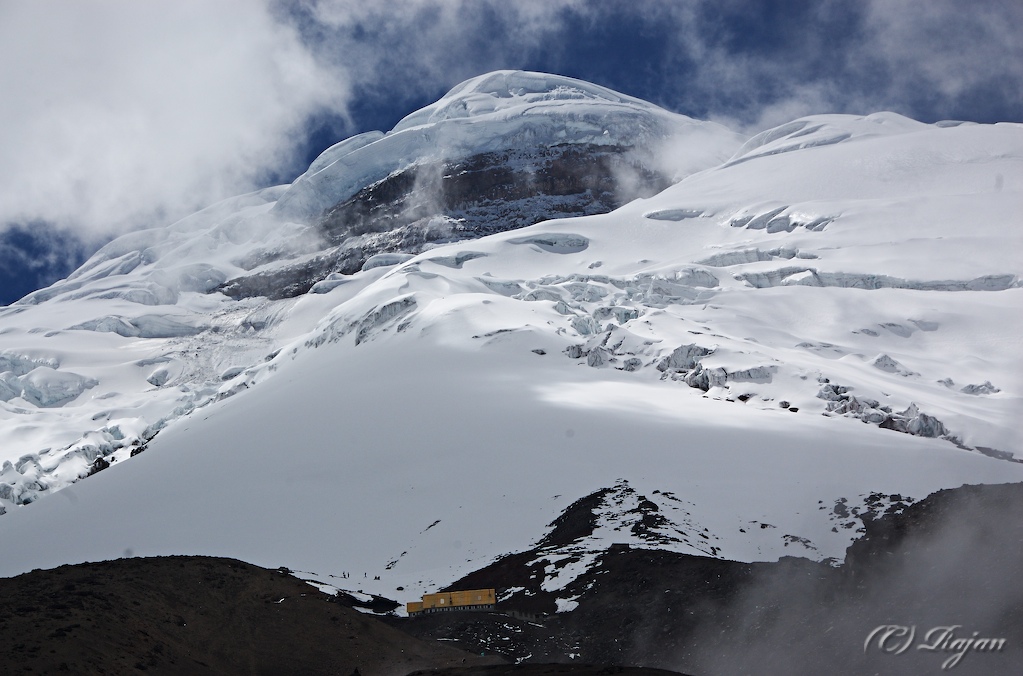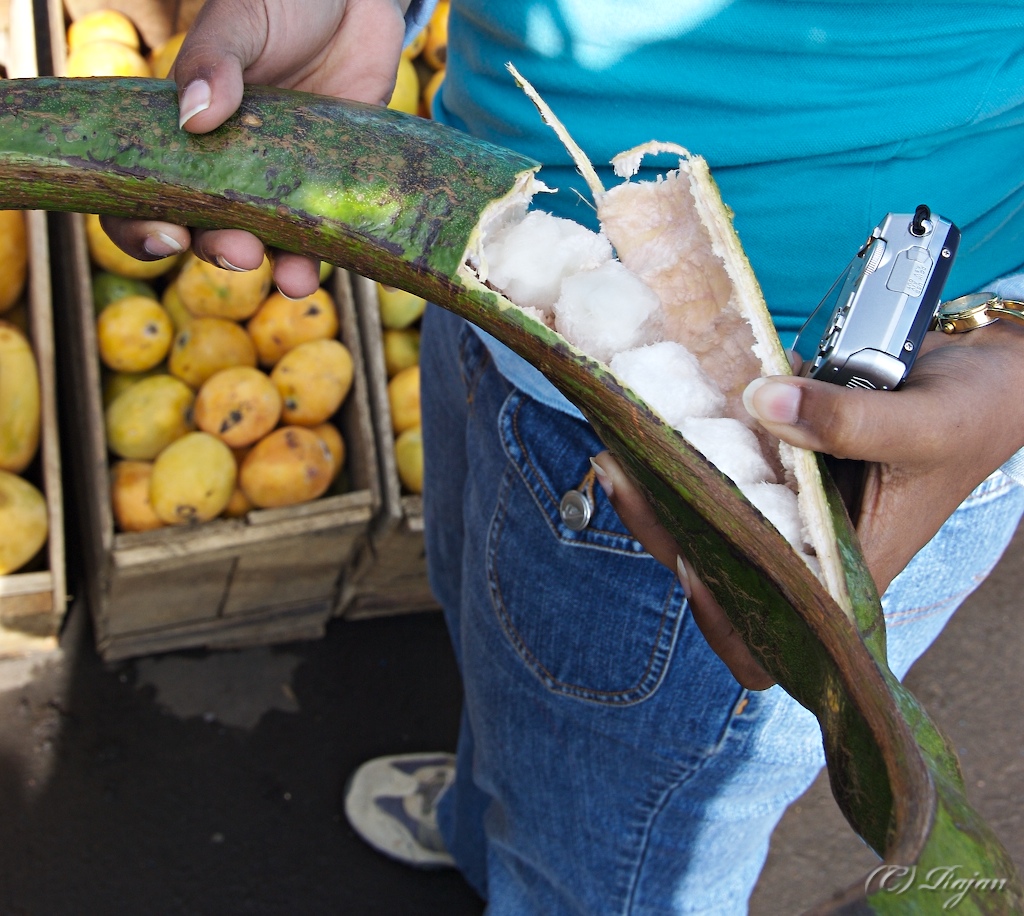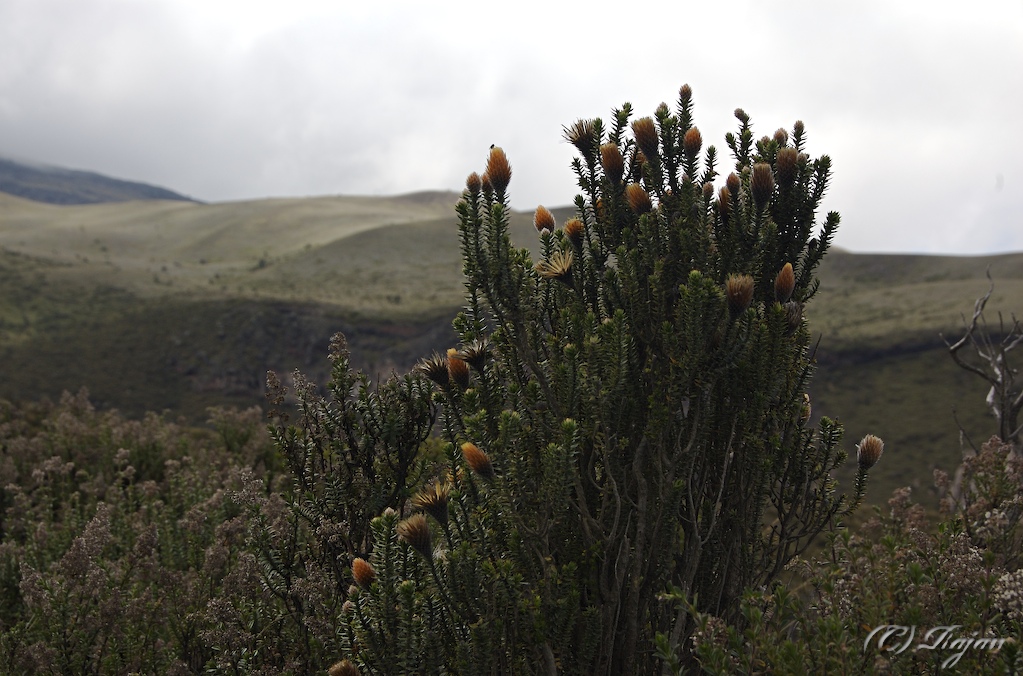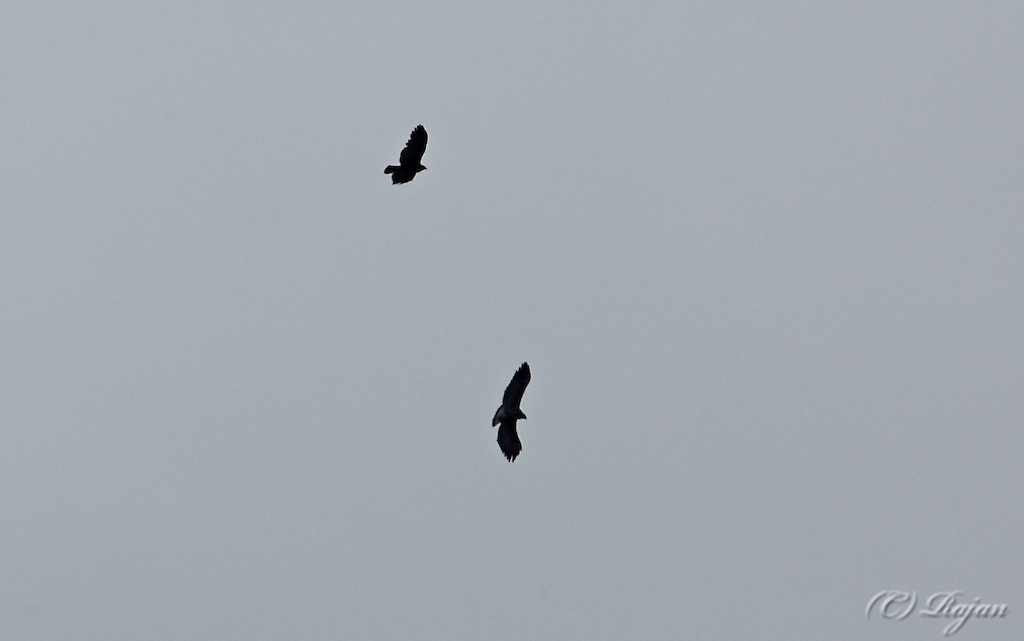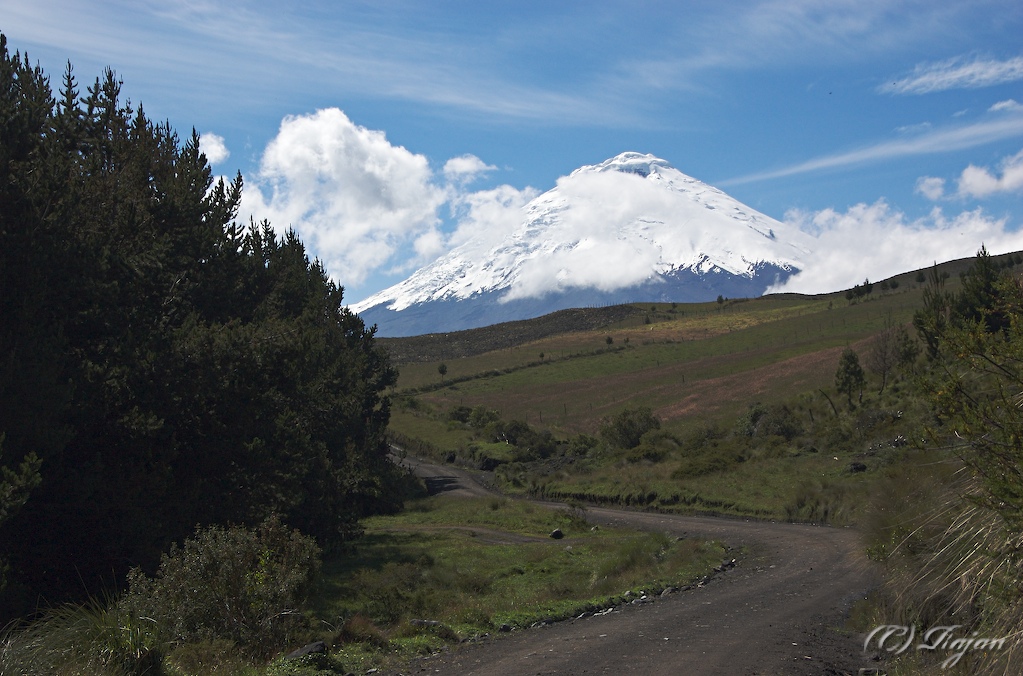Cotopaxi – Majestic and Elusive
Saturday, June 27th, 2009Our trip to Cotopaxi National Park was scheduled on Christmas day and filled with cheer and goodwill we drove from Quito. Cotopaxi – as we have seen in pictures has something majestic. May be it is the perfect conical shape, may be it is snow clad summit, may be its active status, may be it’s elusiveness.
Cotopaxi located in the Andes mountain range is typically surrounded by low lying clouds like most of the highland Ecuador, making is very elusive. On rare clear days one can see Cotopaxi from the highest point in Quito – El Panecillo but it was just our luck that the day we were at the El Panecillo, it was completely clouded and we could hardly get a peek of the majestic peak.
We left Quito at around 8am and we made our way towards Cotopaxi National Park located 50 miles south of Quito. As we left behind the city of Quito and drove on we were surrounded by volcanoes. We were in the Ring of Fire, the Avenue of volcanoes as it was called. It is a feeling of awe and wonder as we realized beneath our feet there was bubbling lava and one day the places we were standing in would be covered by ashes and lava flows. It was the same feeling we felt during our trip to Hawaii the previous year and the difference between Hawaii and Ecuador was day and night.
Along the Pan American Highway doted with small vendors selling fresh fruit – many exotic and native to the region we traveled watching Cotopaxi play peek-a-boo amidst the clouds. There are two main entrances to the National Park one called the north entrance and the other the main entrance. Our guide decided to take us through the north entrance and we left the comforts of the Pan American Highway at a town called Machachi and from there it was a hard, bumpy and uncomfortable ride. At every turn there was a pothole and along the road were kids, pets, and vehicles making the ride quite an experience. Just as we were about to start cribbing and complaining about our aching backs and horrible roads we spotted the Cotopaxi towering high in front of us.
The clouds had just parted, the sun peeked out, a few llamas grazed the grassland in front of us, and a thatched roof hut completed the view. It was spectacular to say the least. Our guide was quite pleased with himself for showing it to us and told us views like these were limited and on most days the peek was covered with clouds. As we drove closer to the park, we saw the peak disappear a lot.
Inside the National Park, the land was completely barren. A few weeds and moss were just peeking out. The last major eruption in 1940 (some say there was another one in 1942) had left the area covered with ash killing all vegetation. As we drove higher into the clouds, the temperatures start dipping and the landscape shows layers and layers of ashes and sediments settled and compacted over time. A few flowers and plants peeking around the rather desolate landscape with a towering crater is a sight to behold.
One can climb up to approximately 4600m on a 4 wheel drive vehicle and then start hiking. We chose not to trek up and were just hoping that the clouds hiding the crater would clear out a bit so that we can click some memorable photos and it did for barely a minute and we feasted our eyes on the sight.
We kept our eyes open for the other elusive part of the Cotopaxi National Park – the Andean condor. The largest flying land bird is a vulture and has been close to extinction. In the past few years, captive breeding and other protective measures have been instituted in Ecuador and other countries where these condors are typically seen. Thriving in high altitudes, these gigantic birds with almost 10 feet wingspan are very difficult to spot.
We spent a few minutes scanning the skies for the sign of a condor but no such luck and we slowly started our descent. Climbing down we were able to spot some native birds, wild horses, llamas, foxes and suddenly out there high up there were two big birds flying about. They were really really far for even the longest lens we had with us to pick them out clearly but their wingspan and the finger like wings gave away the fact that they were indeed condors. It was a sight to see the pair (condors are typically seen in pairs) as they darted amongst the clouds and yes we do wish it they were flying lower but we were happy we caught a sight of them.
Continuing our decent down we met other tourists whom had taken the main park entrance and were yet to catch a sight of the peak and it made us feel doubly lucky – seeing the elusive Cotopaxi and the Andean condors made our day. A simple and very tasty meal of carrot soup and fried trout at the small shack in the park later we were ready to head back to Quito.
